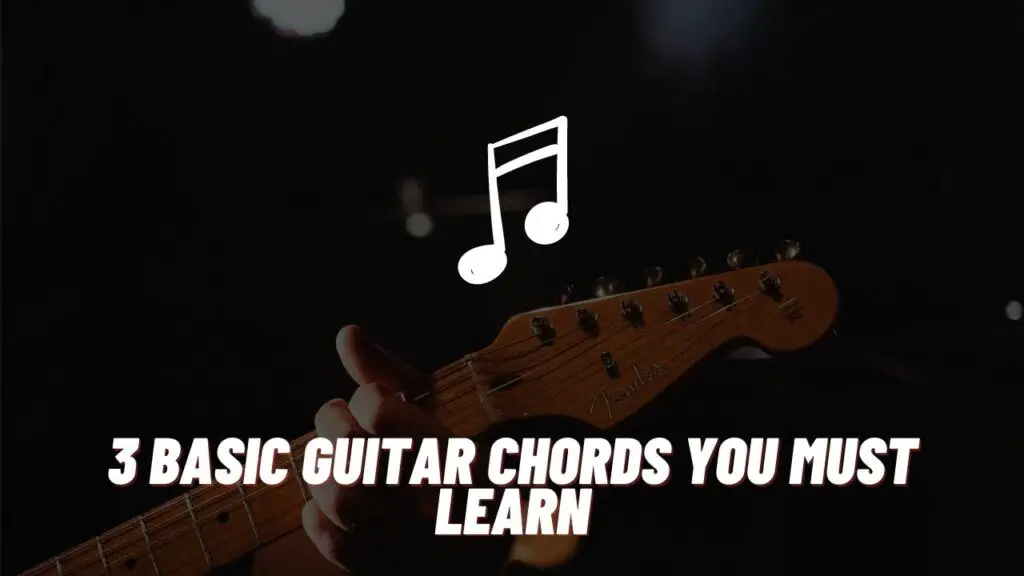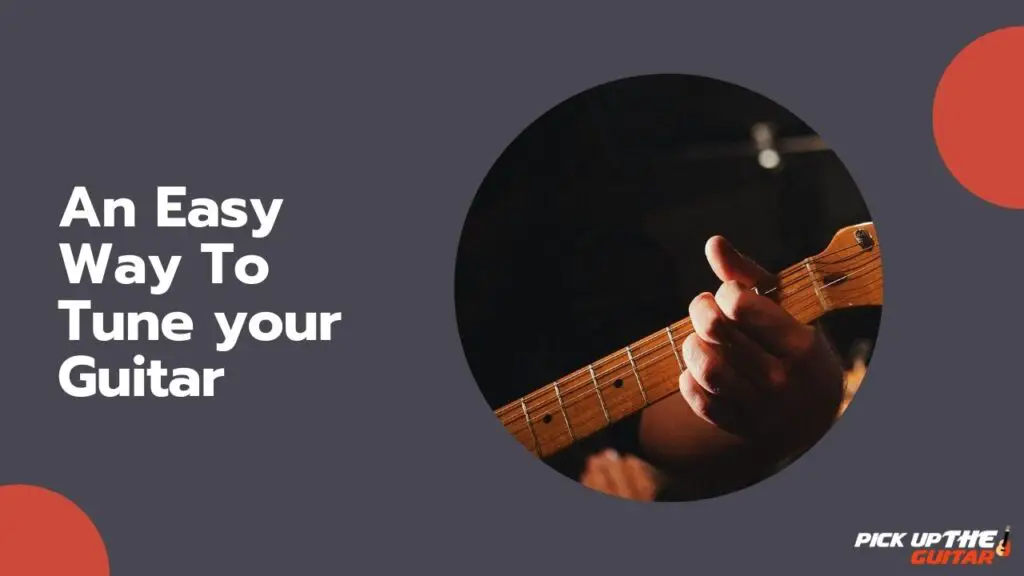In this guide, we will explore everything you need to know about the Low E String, from its position on the guitar to how to tune and adjust it for optimal performance. We’ll also provide some tips and tricks that can help you get the most out of your guitar’s Low E String.
What is the Low E String?
The Low E string is the thickest and lowest-pitched string on a standard guitar. It is also known as the 6th string, and it is usually tuned to E2 in standard tuning.
It is also one of the important strings on a guitar as it produces the bass notes in a chord and is often used to play power chords and heavy riffs.
The Low E string is also used in various guitar techniques such as palm muting, alternate picking, and pinch harmonics.
Difference Between Low E and High E String
Here are some key distinctions:
Pitch Differences Between Low E and High E Strings
The pitch produced by the Low E and High E strings is the main difference between the two. The Low E string is the thickest string on the guitar and when played as an open string, it produces the lowest sound. In contrast, the High E string is the thinnest string on the guitar, and when played as an open string, it produces the highest sound.
Different Usage of Low E and High E Strings
Another significant difference is the Low E string typically used for bass notes and power chords, while the High E string is used for lead guitar and melodies. so, knowing how to use these strings effectively can help you create a wide range of sounds and melodies on your guitar.
They are not interchangeable
It’s also important to note that the Low E and High E strings are not interchangeable. And using the wrong string can result in an unpleasant sound. Each string is specifically designed to produce different sounds and frequencies, so using the wrong string can disrupt the balance of your sound.
What Are The Notes On The Low E String?
Here is a table that shows the notes on the low E string:
| Fret | Note |
|---|---|
| 0 | E |
| 1 | F |
| 2 | F#/Gb |
| 3 | G |
| 4 | G#/Ab |
| 5 | A |
| 6 | A#/Bb |
| 7 | B |
| 8 | C |
| 9 | C#/Db |
| 10 | D |
| 11 | D#/Eb |
| 12 | E |
It’s important to note that the notes on the low E string are the same as the notes on the high E string, just they are in a different octave.
Tuning the Low E String
To tune your Low E string, you’ll need to start by loosening it. This will make it easier to adjust the tension and tune it to the desired pitch. To loosen the Low E string, turn the tuning peg counterclockwise until the string becomes slack.
Using a Guitar Tuner
The easiest and most accurate way to tune your Low E string is by using a guitar tuner. You can find many guitar tuners online, such as those available as apps or in-built into some digital devices.
Plucking the Low E String and Adjusting the Tuning Peg
Once you have the tuner ready, pluck the Low E string and observe the tuner’s reading. If the tuner indicates that the pitch is too low or high, you need to adjust the tuning peg accordingly. Turn the tuning peg clockwise to raise the pitch and counterclockwise to lower the pitch until the tuner shows that the Low E string is in tune.
Using the Low E String as a Reference
Once the Low E string is in tune, you can use it as a reference to tune the other strings.
You can use the fifth fret of the Low E string to tune the A string, the fifth fret of the A string to tune the D string, the fifth fret of the D string to tune the G string, the fourth fret of the G string to tune the B string, and the fifth fret of the B string to tune the high E string.
Alternative Tunings
While standard tuning is the most common and easiest way to tune a guitar, some guitarists use alternate tunings to produce different sounds. Some common alternate tunings include open e tuning, drop c tuning, and DADGAD tuning. However, for beginners, standard tuning is recommended as it provides a good foundation for learning the instrument.
Playing Techniques for the Low E String
Power Chords: A Staple in Rock Music
Power chords are a hallmark of rock music and are often played on the low E string. Here is an excellent tutorial on getting started with power chords.
Open Chords: Unique Voicings and Added Depth
While the low E string is not typically used in open chords, it can be used to create unique voicings and add depth to your playing. One technique is to use a capo to raise the pitch of the strings and create new chord shapes.
Another technique is to fingerpick the low E string while playing an open chord, creating a bassline that adds complexity to the sound.
Common Problems with the Low E String
Buzzing
Buzzing is a common problem with the low E string on guitar. It occurs when the string comes into contact with a fret or the fretboard, causing a buzzing sound. This can be caused by a number of factors, including:
- Low string action
- Uneven frets
- Worn frets
- Loose or worn tuning pegs
To fix buzzing, you may need to adjust the string action, file down or replace worn frets, or tighten or replace tuning pegs. And if you are not comfortable making these adjustments yourself, it’s best to take your guitar to a professional.
Intonation Issues
Intonation refers to the accuracy of the pitch of the notes played on the guitar. If the intonation of the low E string is off, it can cause the guitar to sound out of tune even when the strings are properly tuned. Intonation issues with the low E string can be caused by:
- A poorly cut or improperly placed nut
- A bridge that is not properly adjusted
- A warped neck
To fix intonation issues, you may need to adjust the nut or bridge or have the neck repaired or replaced. Again if you are not comfortable making these adjustments yourself, it’s best to take your guitar to a professional.
Final Thoughts
By now, I am sure you have a better understanding of the low E string on the guitar and what it takes to keep it in tune. So, if you liked this guide, please feel free to share it with others and make sure you keep your strings in tune! Happy strumming!





